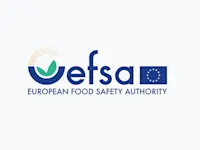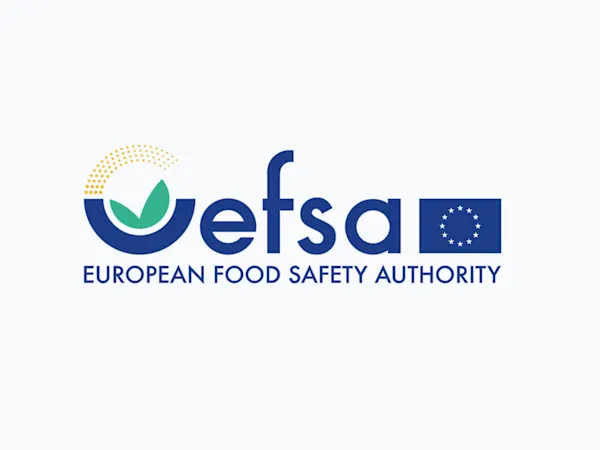
ChemSec Adds Neurotoxicants to SIN List in Landmark Step for EU Chemicals Regulation
ChemSec updates the SIN List with neurotoxicants, spotlighting brain-damaging chemicals and urging EU regulators to act swiftly on these hidden threats.


The UK’s Committee on Carcinogenicity (COC) has issued new guidance calling for a fundamental shift in how the risk of cancer caused by chemicals is assessed. Published in May 2025, the guidance challenges the long-standing reliance on two-year rodent studies and binary classifications. The update encourages industry and regulators across the chemicals value chain to adopt human-relevant, evidence-based approaches that enhance health protection while reducing animal testing.
Guidance Statement G11 from the COC signals a major policy shift, stating that traditional long-term animal assays are no longer sufficient to determine the real-world risk of cancer in humans. The COC argues that the conventional method—classifying chemicals simply as ‘carcinogen’ or ‘non-carcinogen’—lacks the nuance needed to assess exposure-driven risk.
Instead, the committee is promoting the integration of New Approach Methodologies (NAMs), weight-of-evidence assessments, and early-stage data to identify potential hazards more accurately. These methods are seen as better aligned with real-world exposures and regulatory priorities, especially in sectors such as pharmaceuticals, agrochemicals, and cosmetics.
This change could significantly affect stakeholders across the manufacturing value chain. For example, cosmetics companies have already adapted due to the EU ban on animal testing post-2013. Meanwhile, projects like the “Rethinking Carcinogenicity Assessment for Agrochemicals Project (ReCAAP)” illustrate that effective cancer risk analysis can be achieved without two-year studies.
The guidance highlights that industry is already generating early-phase data before mandatory animal tests. Leveraging this data could reduce regulatory burdens, lower costs, and accelerate approvals, all while enhancing human health protections.
However, the COC acknowledges that some in industry may hesitate to submit non-conventional data due to regulatory uncertainty or lack of harmonisation. The committee is actively seeking case studies and proposals to guide future updates and validate alternative methods.
The binary classification system often fails to communicate actual health risks to the public. The COC stresses that clearer, more informative messages about chemical exposure and cancer risk are essential. Shifting to nuanced assessments can improve public trust while supporting better regulatory decision-making.
Foresight continuously tracks 1000s of sources and maps updates to your portfolio:




ChemSec updates the SIN List with neurotoxicants, spotlighting brain-damaging chemicals and urging EU regulators to act swiftly on these hidden threats.

EFSA launches consultation on updating its Weight of Evidence and Biological Relevance guidance, aiming to streamline chemical risk assessment practices.

OECD’s new chemical data sharing guide promotes fair access, transparency, and regulatory alignment—helping companies reduce duplication and meet compliance obligations globally.
Subscribe to Foresight Weekly and get the latest insights on regulatory changes affecting chemical compliance.
Free forever. Unsubscribe anytime.
Read by professionals at